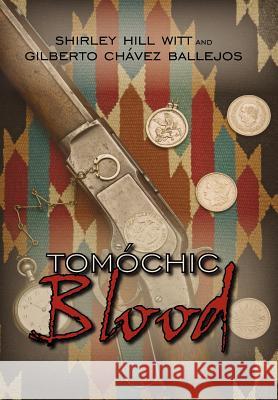Tomochic Blood » książka
Tomochic Blood
ISBN-13: 9781425932626 / Angielski / Twarda / 2006 / 368 str.
Variable winds carry the stench of burned flesh up to the promontory where I, General Jose Maria Rangel, sit atop my nervous horse. It occurs to me that the smell is not unlike that of an asado I sampled in Buenos Aires some years ago. Meat, after all, is meat, whether animal or human. From time to time the animal beneath me shies and dances when a rolling cloud reaches high enough to engulf us. Below, the village of Tomochic smolders, nearly leveled. The last stronghold was the church. I see smoke billowing out of its windows and around the steeple, signaling the end of the last of them, as if they could win a challenge against me and my mission to rid the north of insurgent vermin. No, we will not honor the village corpses. Those not incinerated will be left to rot. It will be a lesson. Another lesson. * * * Tomochic Blood At the turn of the nineteenth century, each of the countries of North America--Canada, the United States and Mexico--determined to crush opposition throughout their lands with military force, if need be. InManitoba, Louis Riel, the leader of the Metis, was hanged in 1885. The massacre by the US Cavalry of the Sioux at Wounded Knee in the Dakotas took place in 1890. And in the Sierra Madre of Mexico, the village of Tomochic in Chihuahua was razed by federal troops in 1892. The Metis, the Indians, and the Mestizos incurred the wrath of their governments by defying attempts make them surrender their lands, their cultures, and their autonomy. There were survivors, however, those who escaped the devastation and those who are descendants and relatives of the victims. The spirit of self-determination yet lives among them. This is a story of one lone writer and teacher who did not abandon the demand for justice.











